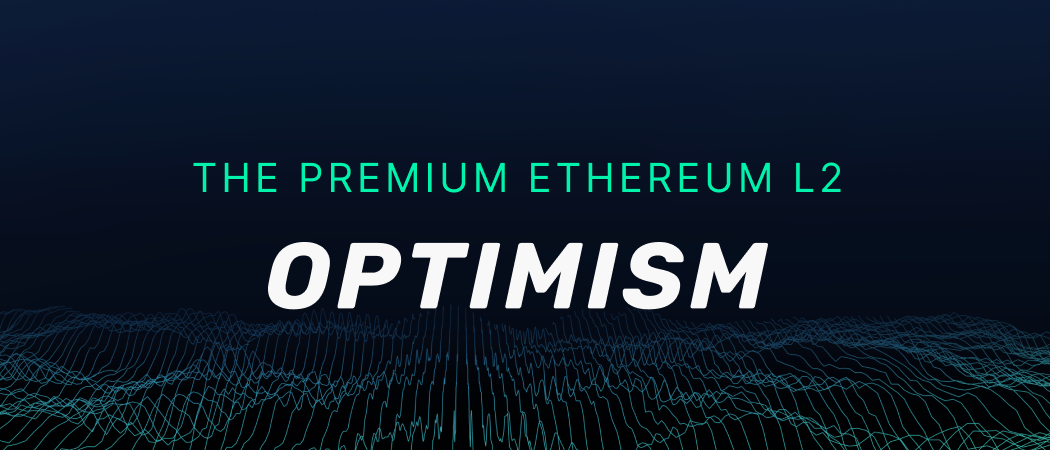The blockchain is a distributed database that allows for transparent, secure, and tamper-proof record-keeping. However, the scalability of blockchain is a significant challenge.
The decentralised nature of the blockchain means that each node in the network must process every transaction, which can lead to bottlenecks and slow down the network. Then there are cryptographic hashes, which make it challenging to scale the blockchain without compromising security.
When it comes to Ethereum, which is home to billions of dollars locked in DeFi, NFT, GameFi, Metaverse, and other decentralised applications (dApps), its scalability issues are well-documented. For instance, the Ethereum blockchain cannot process more than 15 transactions per second (TPS), which is a far cry from the throughput required by a global decentralised application platform.
In response to these concerns, the Ethereum Foundation has been working on several solutions to improve the scalability of the Ethereum blockchain. These include the development of sharding and plasma technologies, which would allow the Ethereum blockchain to process transactions much more efficiently.
But they are far from becoming a reality. This is where Optimism comes into the picture.
Introduction to Optimism

Optimism is an Ethereum L2 solution that promises to make transactions faster and cheaper. The basic idea here is that instead of Ethereum Network processing networks on-chain, it’s better if Optimism does it off-chain, which would theoretically reduce congestion on the Ethereum network and make transactions cheaper and faster.
It first came into existence in June 2019 with the introduction of Optimistic Rollup, and in December 2021, its mainnet was finally released for public use.
Optimism is a next-generation Ethereum scaling solution that uses Optimistic Rollups to provide scalability while maintaining security and decentralisation.
What is an L2?
Layer 2 blockchain is a type of blockchain technology that allows for processing large amounts of data outside the main blockchain. This is done by creating a separate layer on top of the main blockchain that can handle the high volume of data.
Layer 2 scaling solutions are needed to help blockchain networks keep up with increasing demand. And by off-loading some of the work to a second layer, Layer 2 solutions can help reduce congestion and improve scalability.
Several Layer 2 solutions are being developed, each with its own advantages and disadvantages. The most common type of layer 2 blockchain is the Lightning Network, which is used to process small, high-volume transactions quickly and efficiently on Bitcoin.
No matter which solution is ultimately used, it is clear that a Layer 2 solution is needed to help blockchain networks reach their full potential as they allow blockchain networks to handle more transactions, more users, and more data.
Ethereum L2s

Ethereum Layer 2s are a type of scaling solution that enables the Ethereum network to process more transactions per second. Layer 2s work by taking transactions off-chain, which means they’re not recorded on the Ethereum blockchain.
Instead, the transactions are recorded on a separate, private blockchain that’s connected to the Ethereum blockchain. This way, only the final result of a transaction is recorded on the Ethereum blockchain, which significantly reduces the amount of data that needs to be processed.
There are many different types of Layer 2 solutions being developed, each with its own advantages and disadvantages.
Polygon is Ethereum’s leading Layer 2 scaling solution. It is an EVM-compatible sidechain that uses its own consensus algorithm and runs in parallel with the mainnet. It also applies a layer 2 scaling technology named Plasma and Optimistic Rollups and ZK-rollups that allow the platform to validate transactions almost in real-time. MATIC is the native token of the Polygon network, which is currently worth $0.80 and 72.3% off its peak.
Optimism is designed to provide scalability at low costs, with ease of use, to Ethereum-based DApps. Earlier this year, the project airdropped its OP tokens to registered Optimism users. Price-wise, Optimism’s token is trading at $0.91 at the of writing, which is 98.3% below its ATH in August 2022.
Optimism has designed a sophisticated financing and governance mechanism built around OP Tokens, allowing holders to vote on the protocol’s governance proposals and serving as a stream of value for funding Optimism’s public goods.
What Makes Optimism Special?
Optimism is one of the more exciting Ethereum Layer 2 scaling solutions that we have seen so far. By pushing transaction data onto Ethereum’s blockchain while running the transaction processes off-chain, Optimism can greatly lower fees and improve throughput while inheriting Ethereum’s secure properties. The ultimate goal of Optimism is to make transactions on the Ethereum network more resilient.
In addition to being faster and cheaper to execute transactions, Optimism is notable for offering complete equivalence to Ethereum’s Virtual Machine (EVM).
Since the technology behind Optimism (OP) is tightly coupled with Ethereum, all Ethereum-based smart contracts can be deployed in Optimism to benefit from the higher transaction speeds and lower gas fees.
This Layer 2 helps to expand the Ethereum ecosystem by using optimistic scaling. It is through Rollups or Off-Chain Computations that Optimism extends the Ethereum ecosystem and accelerates transactions.
Designed on the principles of simplicity, pragmatism, and sustainability, Optimism supports all decentralised applications on Ethereum through optimistic rollups, a scaling solution running parallel to the core Ethereum blockchain.
As for what precisely Optimistic Rollups do, they allow Optimism to compress multiple transactions into a single transaction, which is then included in a root block on the main Ethereum blockchain. It allows for a much higher throughput of transactions than possible with just the main Ethereum blockchain. In addition, because Optimism uses the main Ethereum blockchain as a “safety net,” it can provide the same security guarantees as the main Ethereum blockchain.
This method uses existing Ethereum tooling, so developers can quickly build apps using Optimistic Rollups.
This scaling solution transmits transaction data back to the main chain without being checked. Optimistic Rollups rely on fraud proofs to dispute fraudulent transactions, so if someone says the data is invalid, the computations will be checked. However, this also translates to longer wait times for on-chain transactions due to potential fraud challenges.
Optimism meanwhile sends the entire transaction again through the EVM, so the fraud-proof verification is instant. But because all transactions here are processed through EVM, in case Ethereum receives a major consensus overhaul, re-executing L1 transactions would result in divergent final states.
This is why Optimism is currently working towards a new fraud-proof verification model. It will act as an EVM equivalent that differs from EVM compatibility because it uses a compatible virtual machine instead of processing on the EVM.
Future Outlook

Ethereum L2 scaling solutions are still in their early stages of development, but they have the potential to greatly improve the scalability of Ethereum, making it possible to process far more transactions per second than is currently possible. This could significantly impact how businesses and organisations use Ethereum and make it a far more viable option for large-scale applications.
While there are still some challenges to be overcome, the future outlook for Ethereum L2 scaling solutions is very positive.
Optimism, in particular, is relatively new in the game, but they hold great promise for the future.
As per the project’s roadmap, Optimism is working towards the next-gen fault-proof and multi-proof model and using a decentralised sequencer in 2023. If the L2 solution continues its development and growth, it could be a game-changer for Ethereum.









